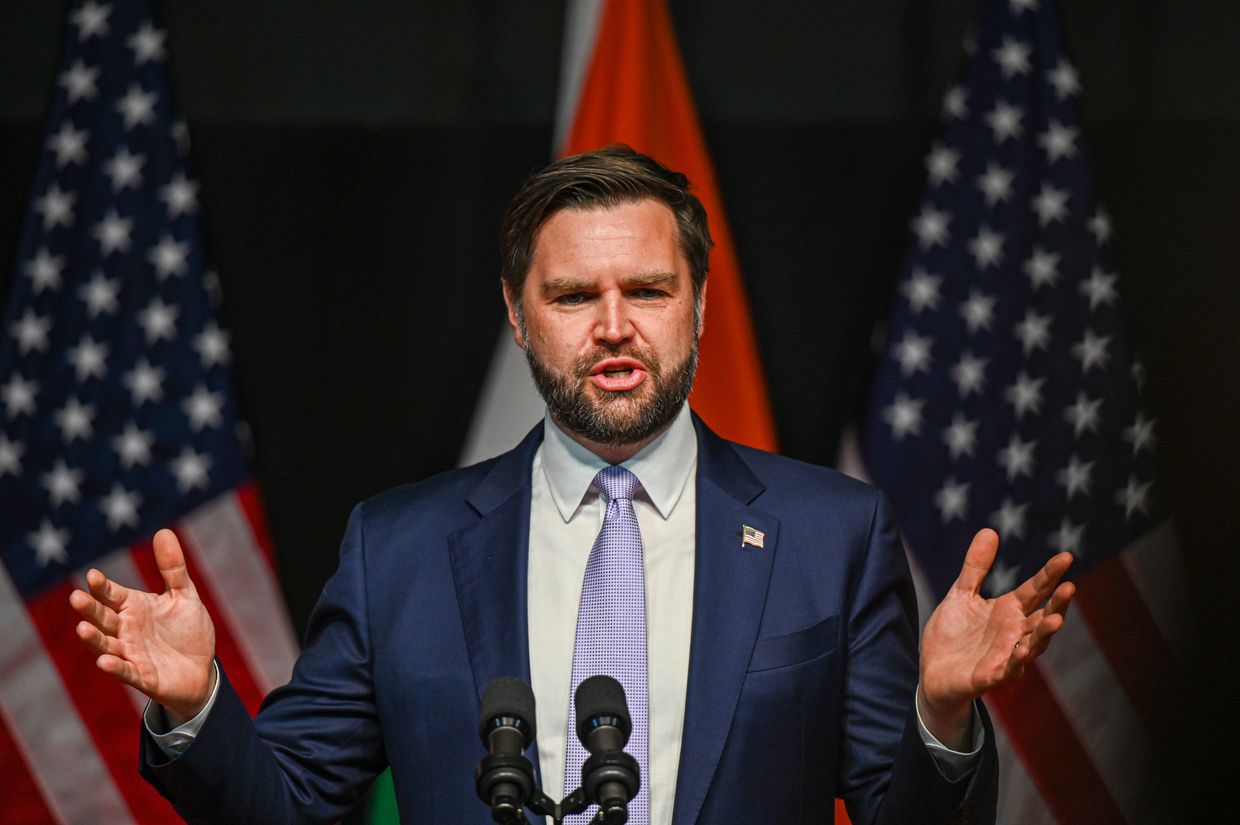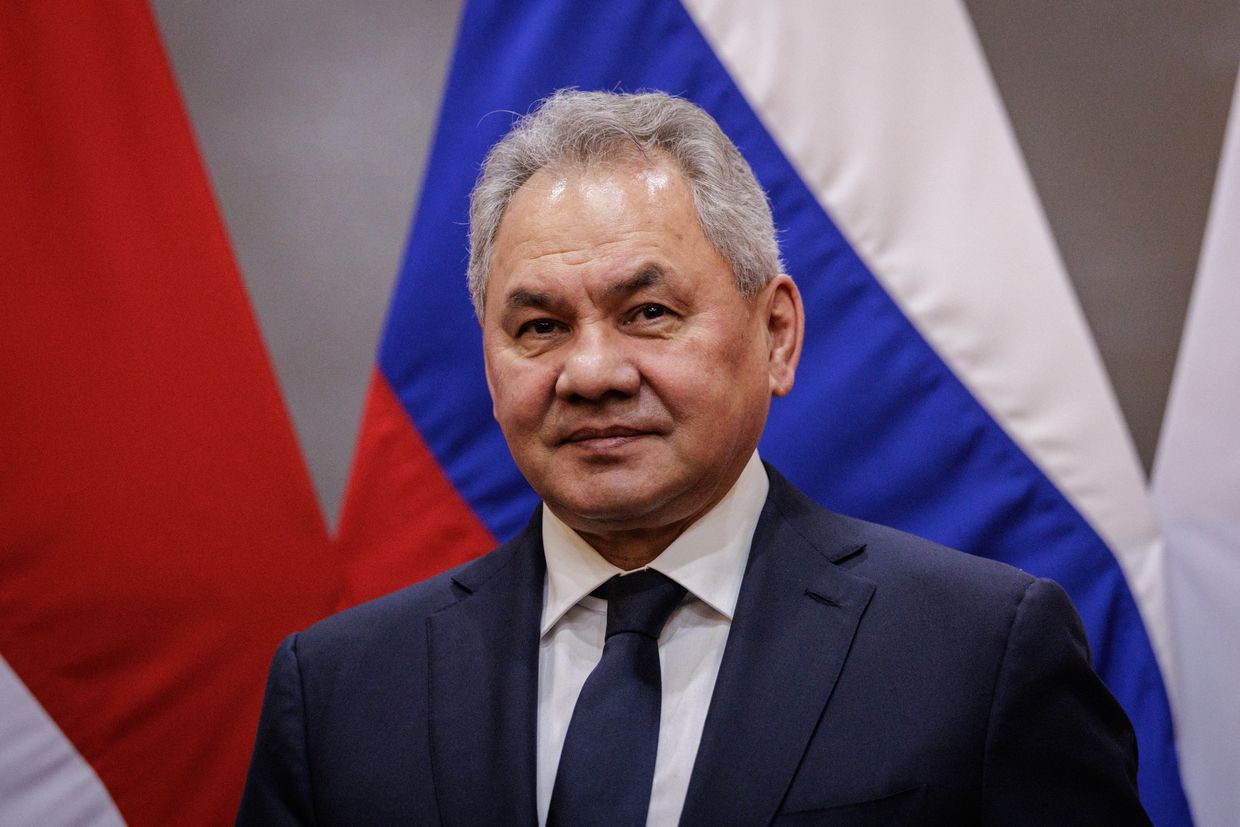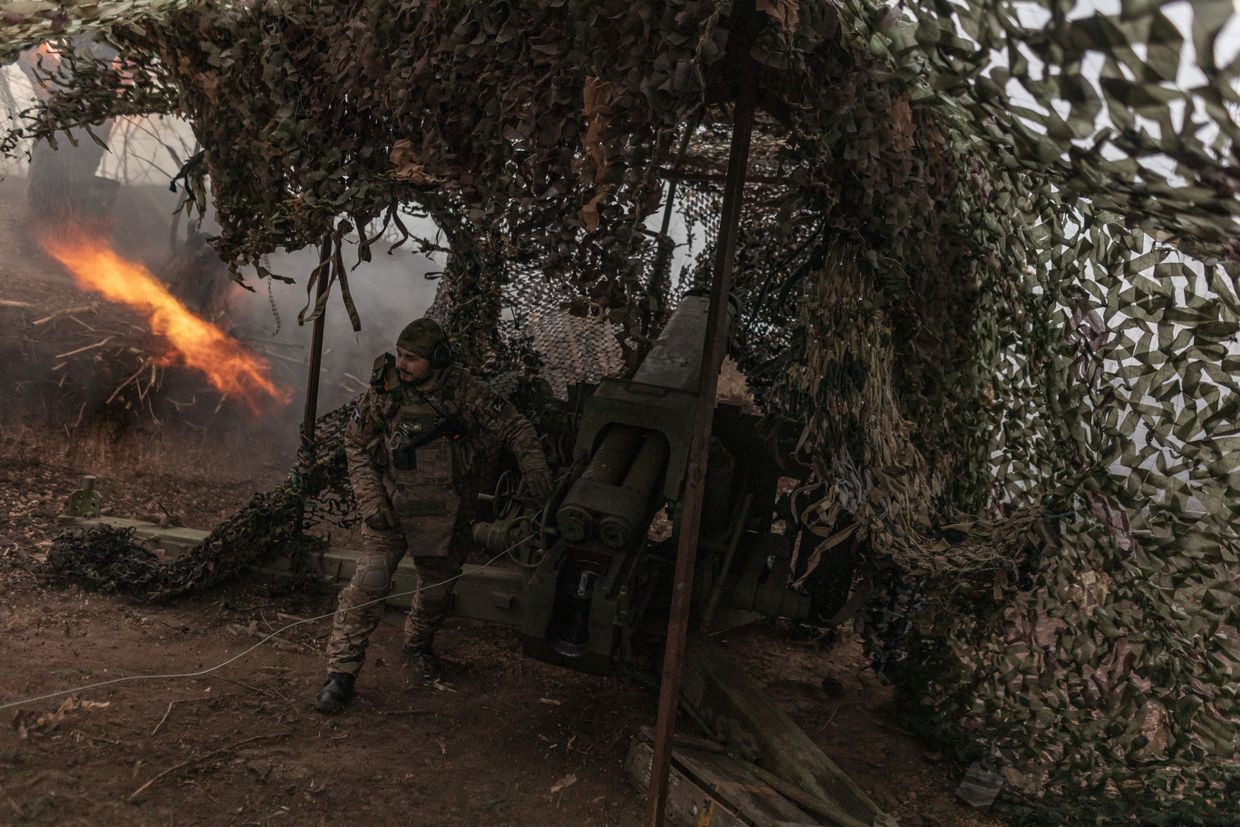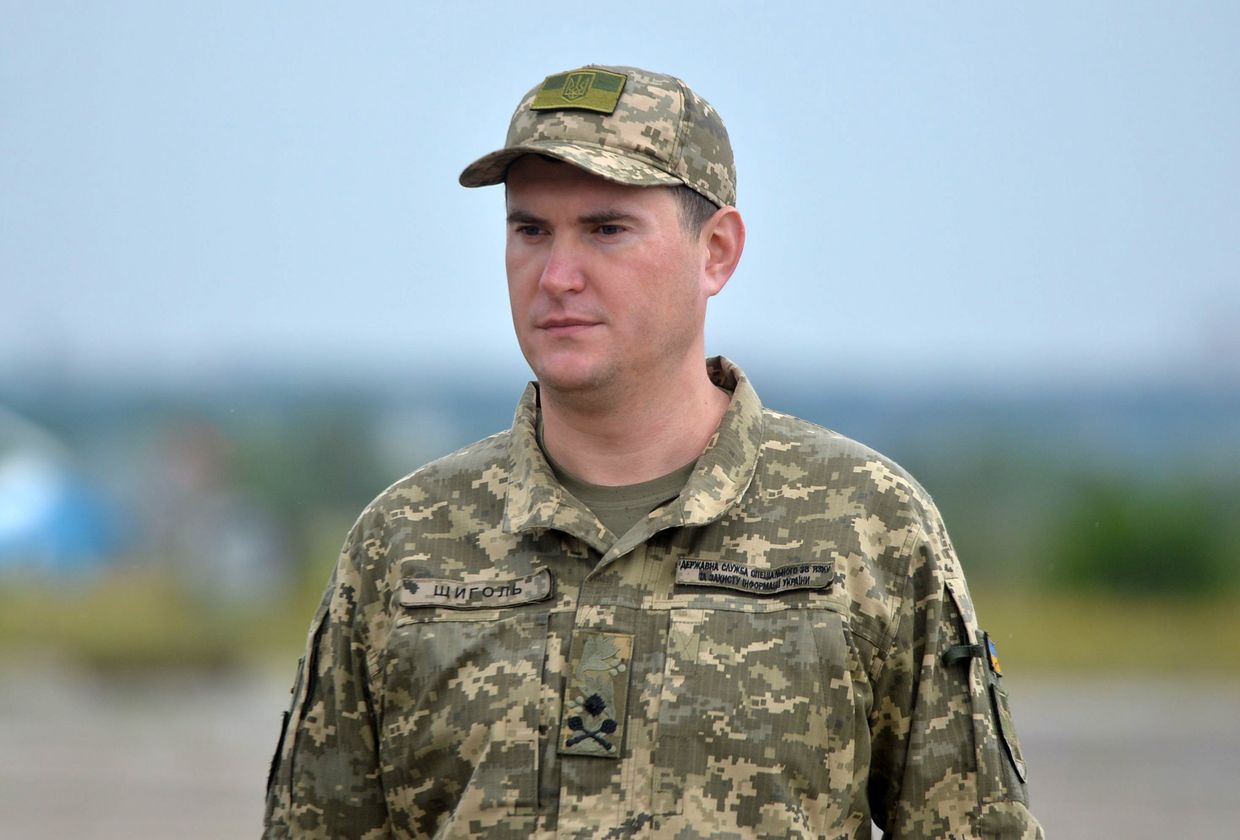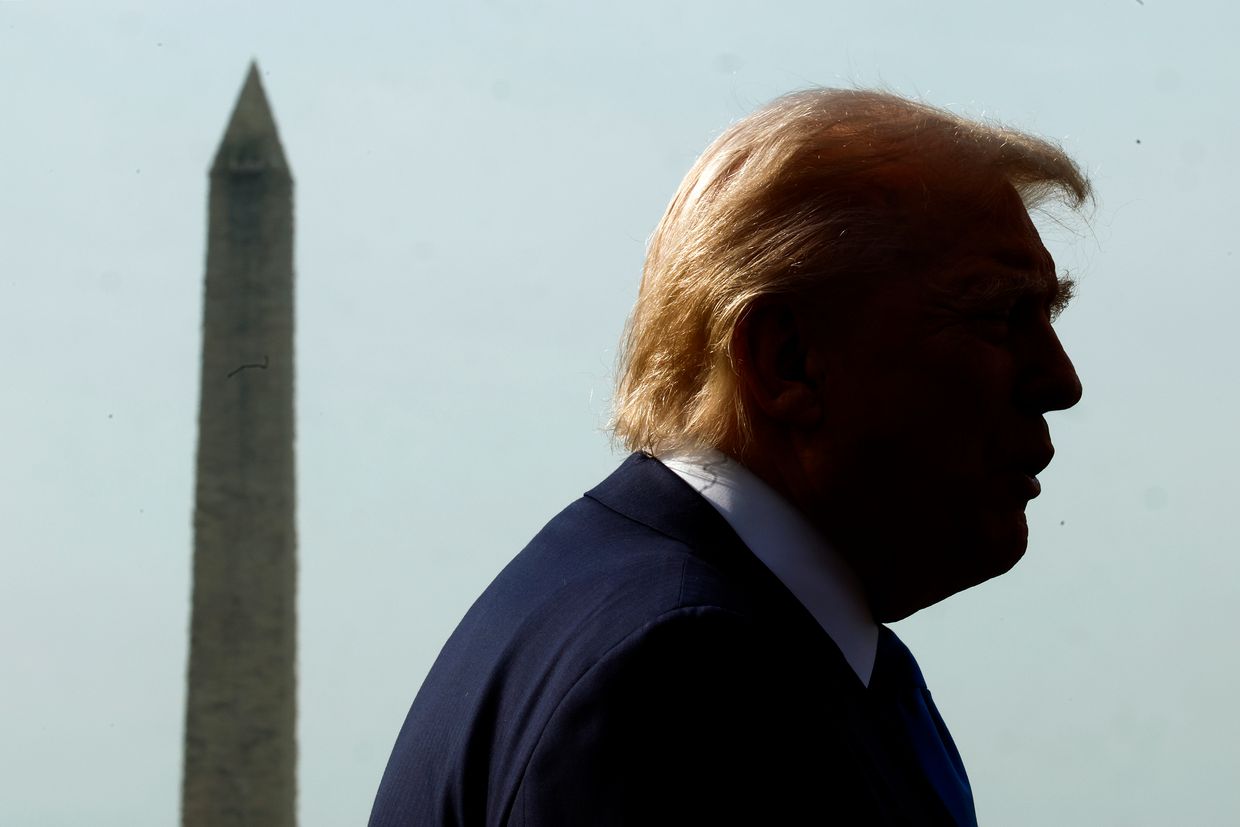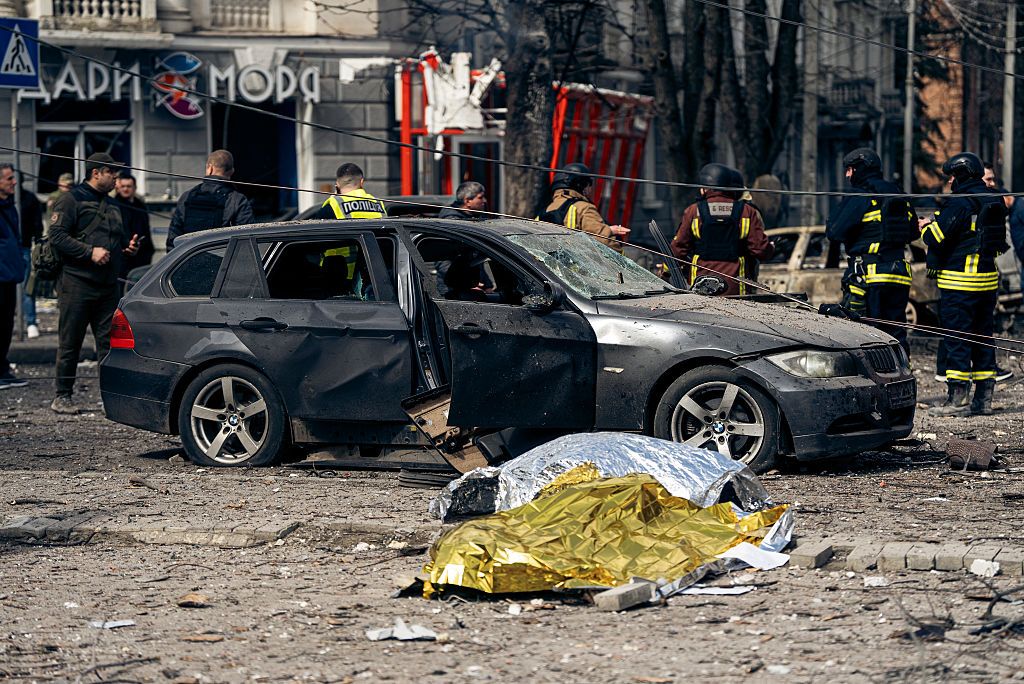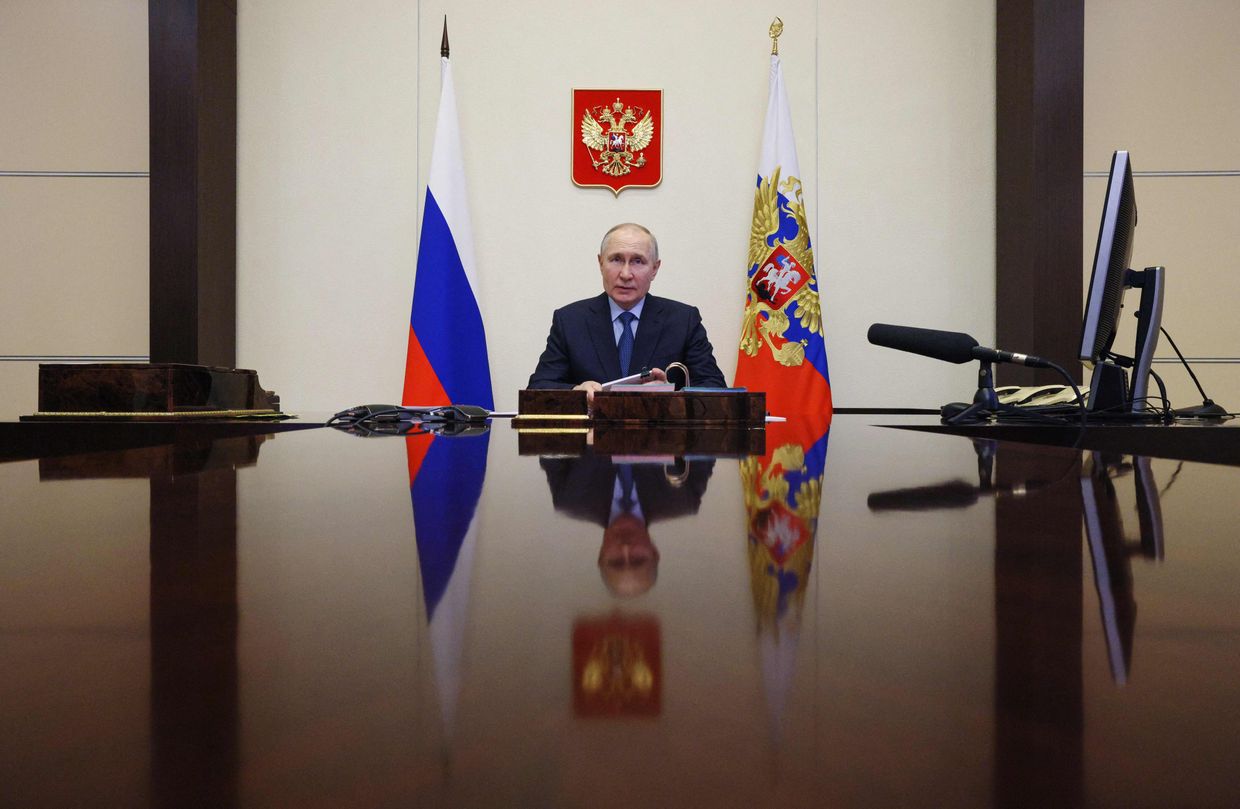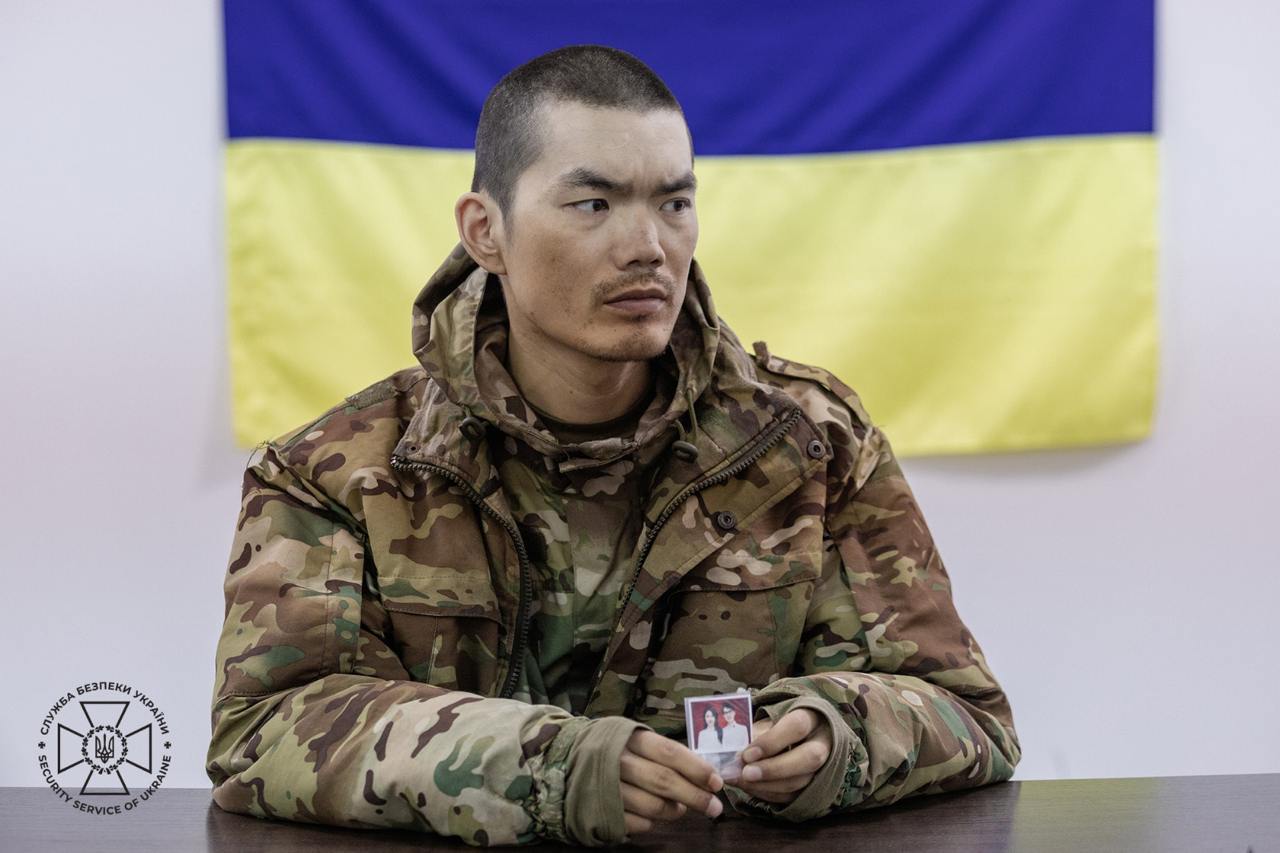More than three years since the start of Moscow's full-scale invasion of Ukraine, Russia's defense industry has adapted to a new normal. Despite a web of international sanctions designed to cripple military production, factories across the country have been able to keep building bullets and shells, drones and military vehicles.
The resulting arms are not top-of-the-range military systems. But they are, simply put, enough.
"Russia's military-industrial complex has been providing the armed forces just about enough of what they need at any given time," says Mathieu Boulegue, a consulting fellow for the Russia and Eurasia Program at Chatham House and a non-resident senior fellow at CEPA.
"Things don't have to be great; not everything needs to be functioning or running. You just need to have them accessible for the armed forces at the right moment and in the right place."
This "good enough" system of military supplies, however, is still reliant on outside help. A global web of parallel imports allows Russia to procure components via third countries who have not agreed to sanction measures — a group that includes countries across Central Asia and the South Caucasus, as well as larger economies such as India and China.
Other countries supply Russia directly with weapons systems and munitions.
An investigation published by Reuters and the Open Source Center (OSС) in mid-April found that the majority of artillery shells used by Russian forces in Ukraine in 2024 were manufactured in North Korea. In some Russian military units, between 75% and 100% of artillery shells are North Korean-made, the report said.
But if this intervention results in "just enough," then could cutting outside supplies destroy Russian military production completely?
Hidden alternatives
Military supply chains are complex. Even basic weapon systems and munitions require a long list of components, although not all of these parts are restricted or difficult to obtain. Cotton remains unsanctioned, even though cotton cellulose is a vital part of making bullets and munitions.
Higher-tech components such as microchips and semiconductors, however, are more difficult to acquire — and this is where Russia's third-country connections prove vital.
"Many of the semiconductors employed on Russian missiles and drones being used to attack Ukraine today were manufactured in 2024, which suggests that they lack significant inventories of smuggled components," says Dr. Marc de Vore, a senior lecturer at the University of St Andrews, a fellow at the Council for Geostrategy, and a fellow at the Royal Navy Strategic Studies Center.
Russia still imports a wide range of machine tools, parts, and components: from metal-working centers to electronics and fuel filters.
Semiconductors are vital in the manufacture of drones and missiles.
Some countries, such as North Korea and Iran, are happy to provide military systems to Russia outright. Others supply the equipment needed to produce military equipment and vehicles.
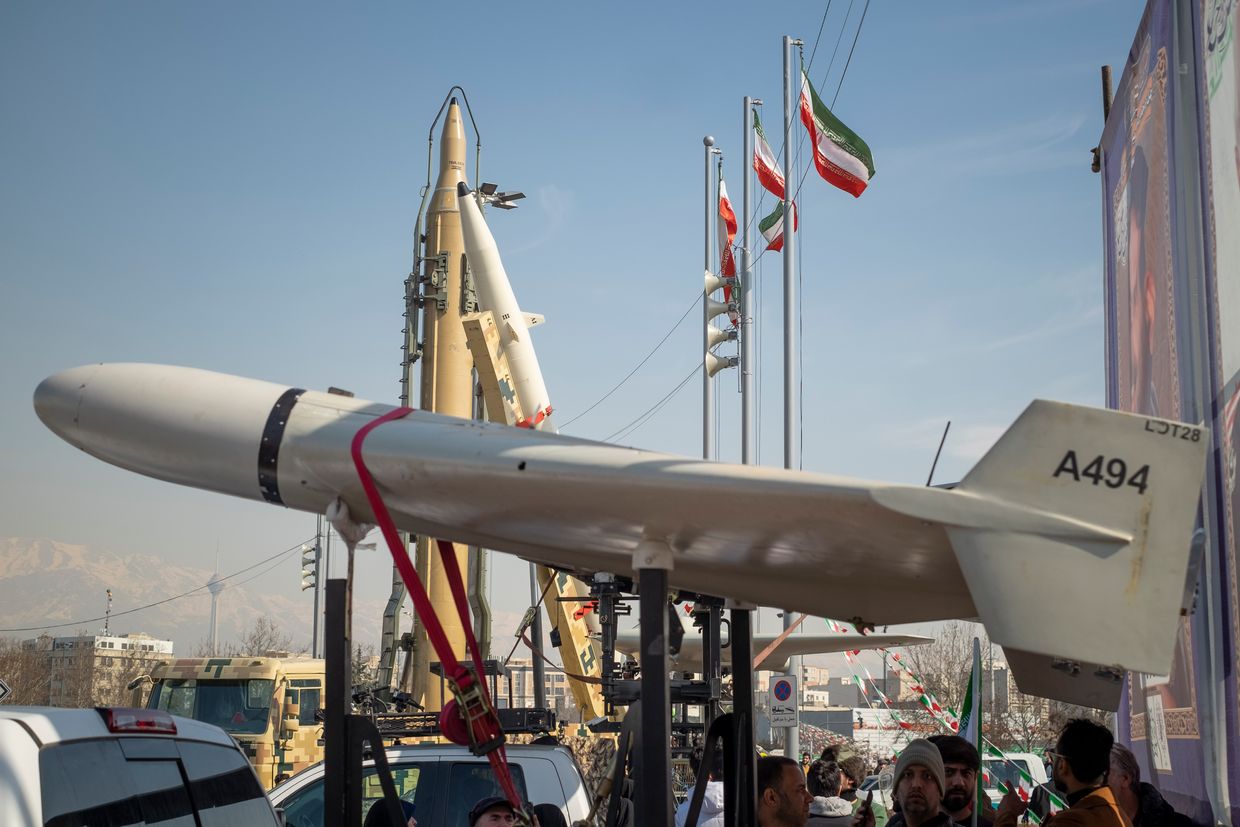
"Russia's military industry has been dependent on the global supply chains for decades. As for today, Russia still imports a wide range of machine tools, parts, and components: from metal-working centers to electronics and fuel filters," says Pavel Luzin, an analyst for Riddle Russia and a non-resident senior fellow at the Center for European Policy Analysis (CEPA).
In a post-sanctions world, Russia has been able to substitute the components it once imported from Europe, Japan, South Korea, Taiwan, and the United States with those from China, India, and elsewhere.
"The cost of these new supplies is usually much higher, and the quality is lower," Luzin says.
"(But) Russia's army uses everything it has. The only limiting factor here is the number of arms. The army doesn't care much about how and when the new weapons will be produced, it just has needs and requirements."
Even more, governments aid Moscow simply by turning a blind eye.
Laws passed in Russia in May 2022 allow sanctioned items to be imported into Russia without approval from trademark owners — they only need to be redirected to a third country before being re-exported to Russia itself.
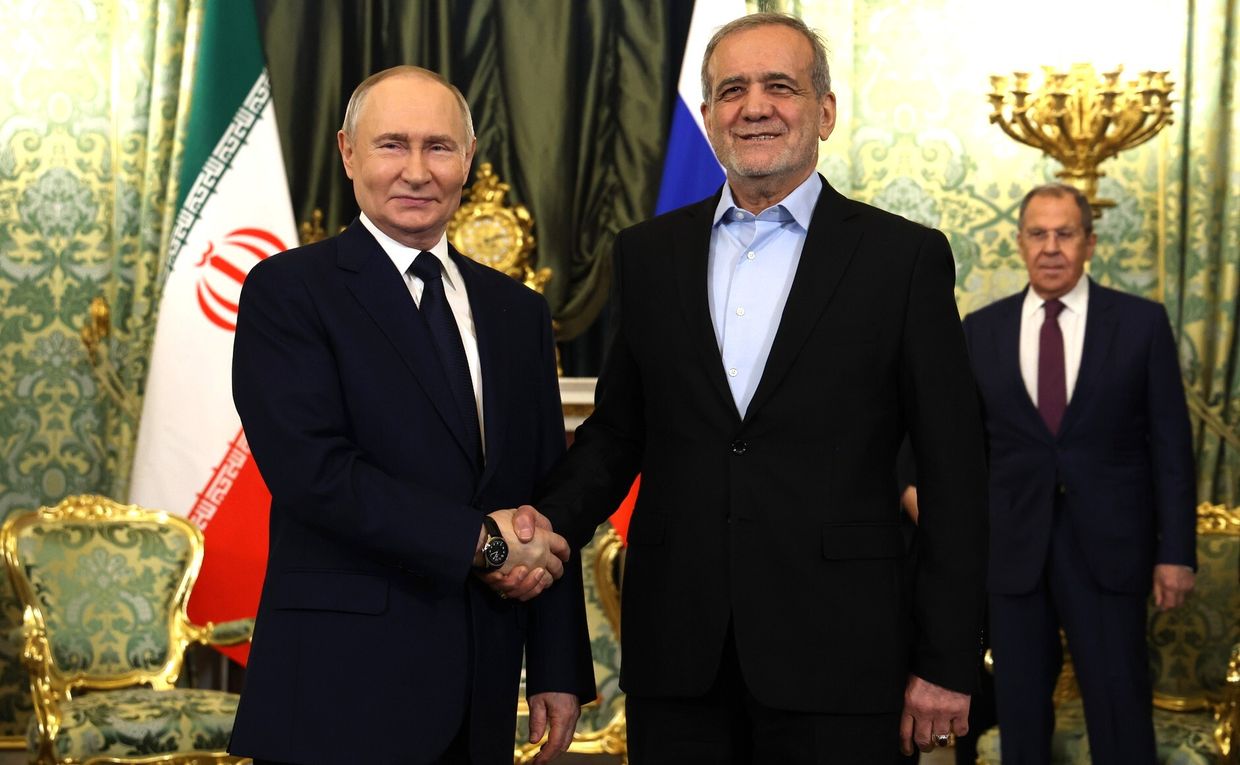
The so-called "parallel import" schemes prop up Russia's wartime economy by channeling consumer goods to the country's middle classes. But materials that can be used in military production also arrive through these channels — including "dual-purpose" items that may not be intended for army use but can be cannibalized for parts and used in military production.
Such schemes are big business.
While exact data is hard to come by, between May and December 2022, Moscow reported importing some 2.4 million tons of goods worth $20 billion via parallel imports, meaning in violation of copyrights and without the approval from trademark owners.
The potential to profit from such trade means that there is no shortage of countries willing to look the other way. Large quantities of parallel imports have been reported from countries across Central Asia and the South Caucasus, as well as Türkiye and the UAE.
Boulegue says Russia has poured considerable resources into building such alternative supply chains, which are often dependent on illegal networks.
"Since the Soviet era, (Russia has) been extremely good at keeping a network of agents abroad through espionage and intelligence," he says. "They reactivated this network of people to continue importing all these components and hardware that can be used for the military industry illegally."
With the first sanctions passed against Russia more than a decade ago, when Moscow annexed Ukrainian Crimea, there has been plenty of time to plan for supply route backups.
"The Russian authorities established a central database with every piece of equipment or component that goes into each individual Russian weapon system that fits into the army," Boulegue says. "From that list, they started establishing plans: plan A, plan B, plan C, whether they could get hold of it through domestic production, imports, parallel import, illegal import, and so on."
Adapt to survive
But what would happen if these supply lines were broken and Russia's military producers could no longer receive much-needed imports?
So far, Moscow has been relatively successful in ramping up its domestic production. Military plants have been able to offer new positions with higher wages to attract workers, particularly in Russia's poorer regions. Assembly lines have also kicked up a gear, with workers reporting "round-the-clock production" during high-level official visits.
Russia's military producers are also adapting their own equipment and machinery.
"Russia has invested in machine tooling for producing nitrocellulose (which can be used to power munitions) using wood pulp, as opposed to cotton, which will decrease their long-term dependence on cotton cellulose," De Vore says.
The Kremlin has also been able to leverage stored Soviet-era military equipment. Even machinery and vehicles produced in the 1950s have been retrofitted to play a battlefield role, with the British Defense Ministry reporting that T-62 tanks, first introduced in 1954, had been seen in the field.
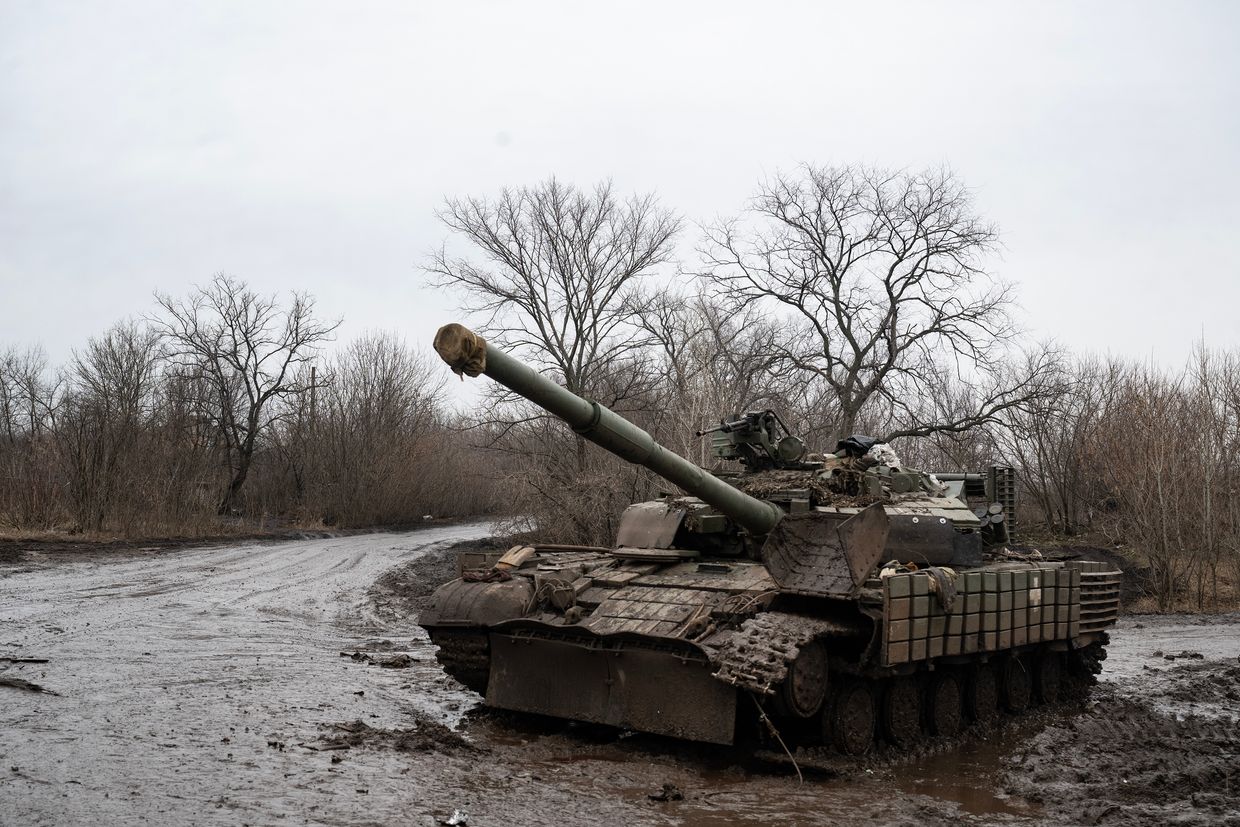
Yet, not even these stockpiles can last forever. A report by open-source research group Oryx in February 2025 found that Russia's armed forces have already lost more than half of their available military hardware, and approximately 50% of equipment lost had come from Soviet stocks. Other weapon-tracking projects have posted similar findings.
In the longer term, Russia's military production rates would fall, forcing the army to prioritize certain weapon systems. "Imagine that instead of 1,000 microchips, you only have 100," Boulegue says. "You will have an internal struggle to determine who has priority."
Russia's military-industrial complex would also attempt to adapt to this new reality. A disrupted supply of semiconductors would likely see producers redesigning drones and missiles to use Chinese-designed components that would be easier to procure, De Vore says.
But this would be no quick fix.
"(Adapting drones to use Chinese components) would take substantial time and engineering hours: it takes about three months of engineering hours to redesign one system around a different semiconductor of equal capacity," De Vore says. "During key offensives, they would likely also rely more on fixed-wing jets to drop bombs, which would lead to increased aircraft losses."
All this means that if Moscow is forced to rely solely on internal production, it can expect to face difficult decisions. Production capacity could be increased, but only by reforging the economy and placing it on a wartime footing. This would include using factories formerly producing consumer goods to start building weapons or other items for military use.
Without this kind of all-consuming societal shift, Russia's military production would not be able to survive. "Russia is able to cope under the current conditions because they've already absorbed the initial shock sanctions in 2014 and the second shock of 2022," Boulegue says.
"They are able to sustain a form of continuity in production with all these schemes in place, internal and foreign. If we remove the foreign parts, then the internal part collapses completely because they will definitely not be able to keep up with the demands of the war."
Taking action
Unraveling the web of supply chains used by Russia to feed its military industrial complex is a daunting task. But there are steps that the world can take to put further pressure on Moscow's war machine.
An obvious step is further sanctions. These could crack down on the range of products that Russia can import legally and extend to punish secondary or tertiary companies that provide Moscow with components.
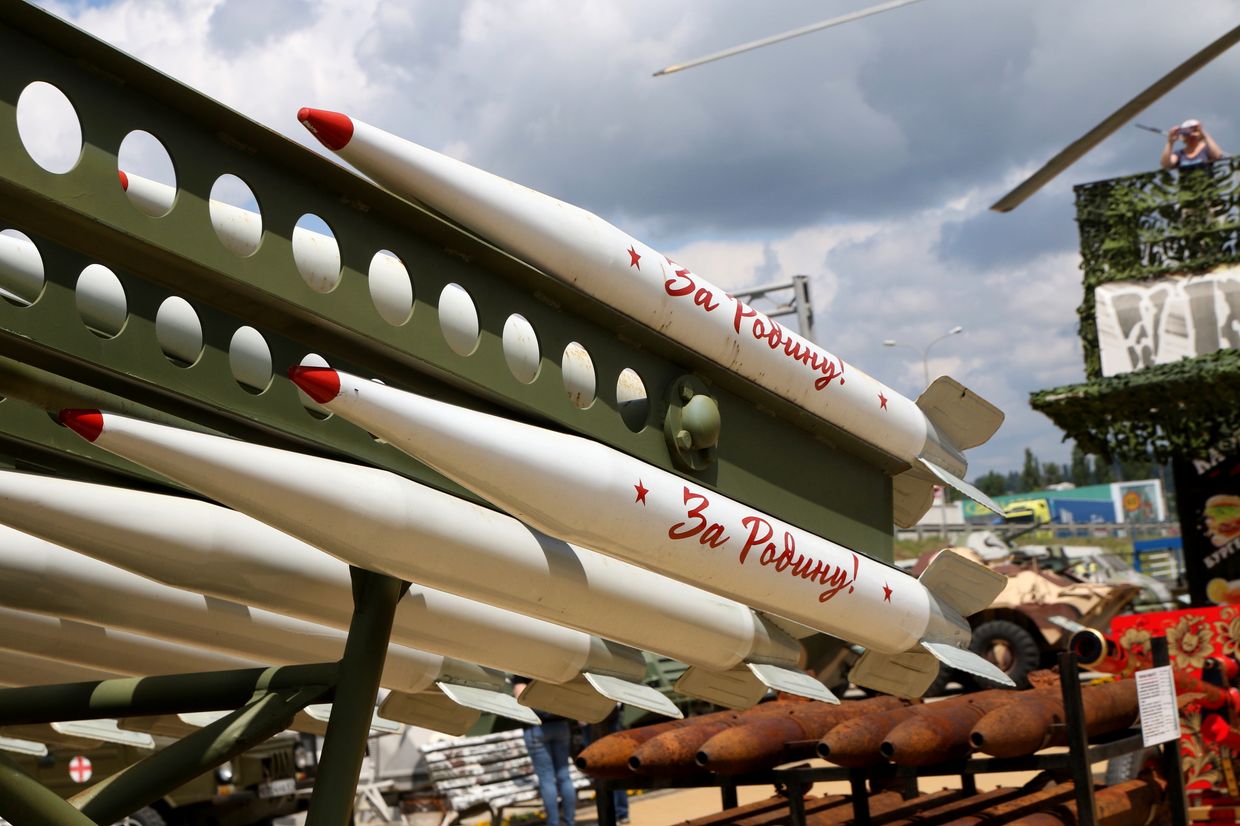
"If we know there is cotton needed for the bullets, why don't we sanction the cotton industry in Russia? Why don't we make cotton imports to Russia forbidden?" Boulegue says. "Yes, it's a huge undertaking. But we've been placing countries under sanction for years. It's a question of scaling it up."
Luzin agrees that further sanctions could be effective.
"Sanctions have already damaged the arms industry of Russia hard. (But) further pressure needs to be increased," he says. "For instance, India must follow the embargo on supplying metal-working machine tools in Russia."
There are also other avenues for pressure. Moscow's oil exports could be cut crucially if restrictions were put on tankers carrying Russian oil. This would put huge pressure on Russia's ability to replenish the foreign currency reserves it uses to buy military components.
"Go after the shadow fleet, lower the price cap, and convince other states (such as India) to apply the (Western-agreed) price cap (on oil purchases from Russia), and one might tip Russia's economy into overheating," De Vore says.
But just as Russia's military production could depend on how far Moscow is willing to go in commandeering civilian infrastructure, there's also the question of which steps the West is willing to take.
Intermediate-range ballistic missile strikes on factories and R&D institutes in Russia's European segment is another route that Kyiv could take to destroy the weapons being fired at Ukraine — yet it is not an option that allies wish to support.




